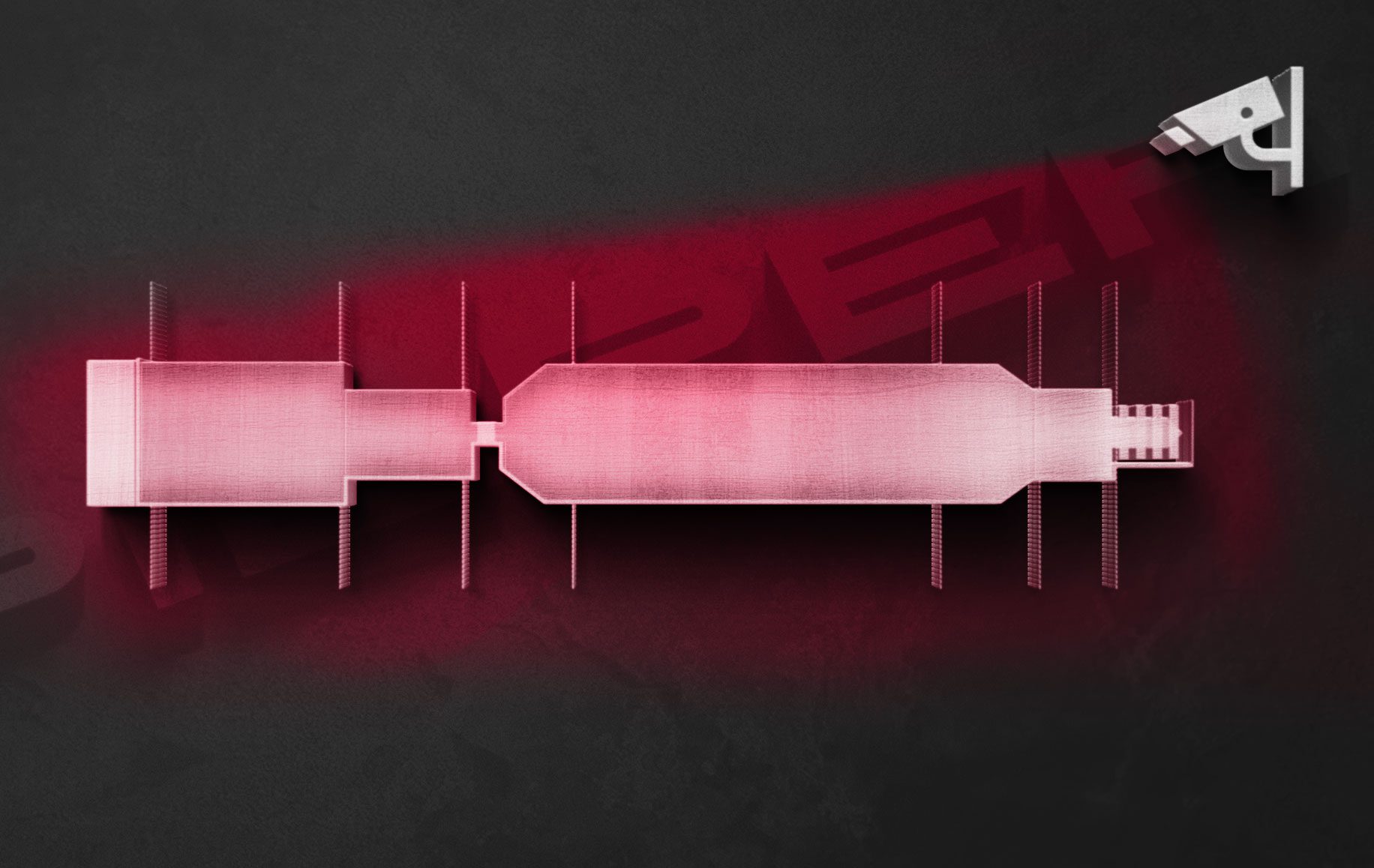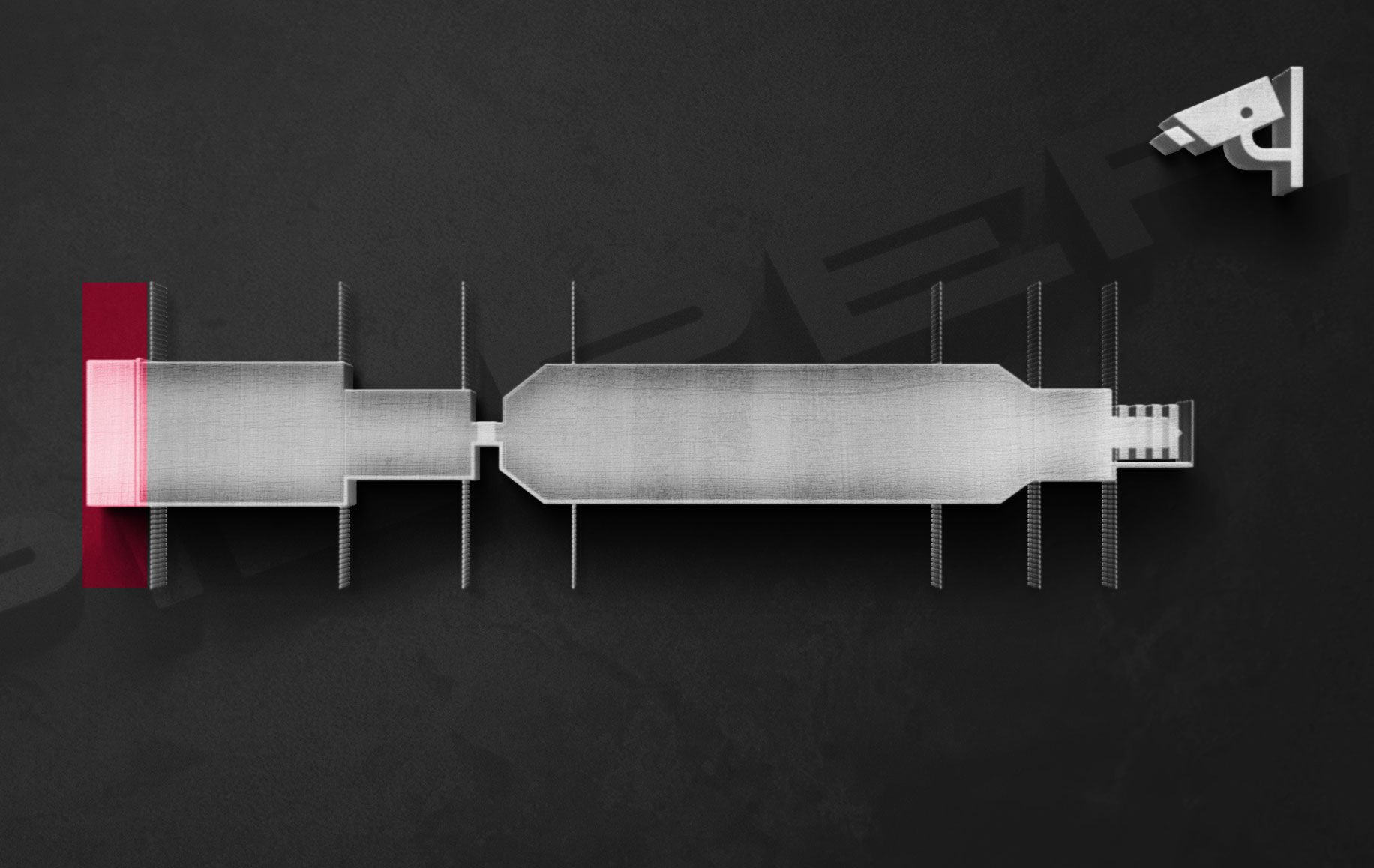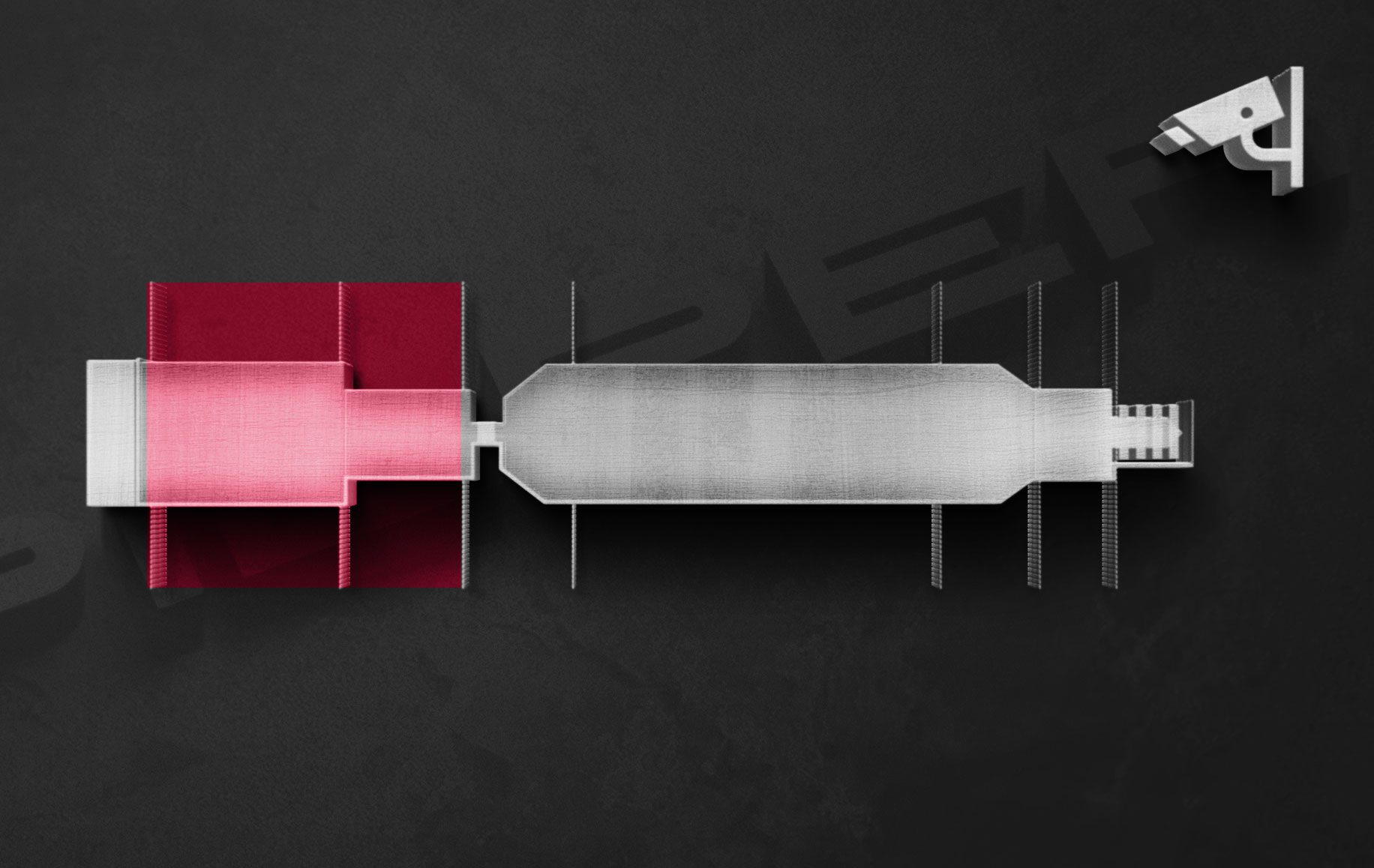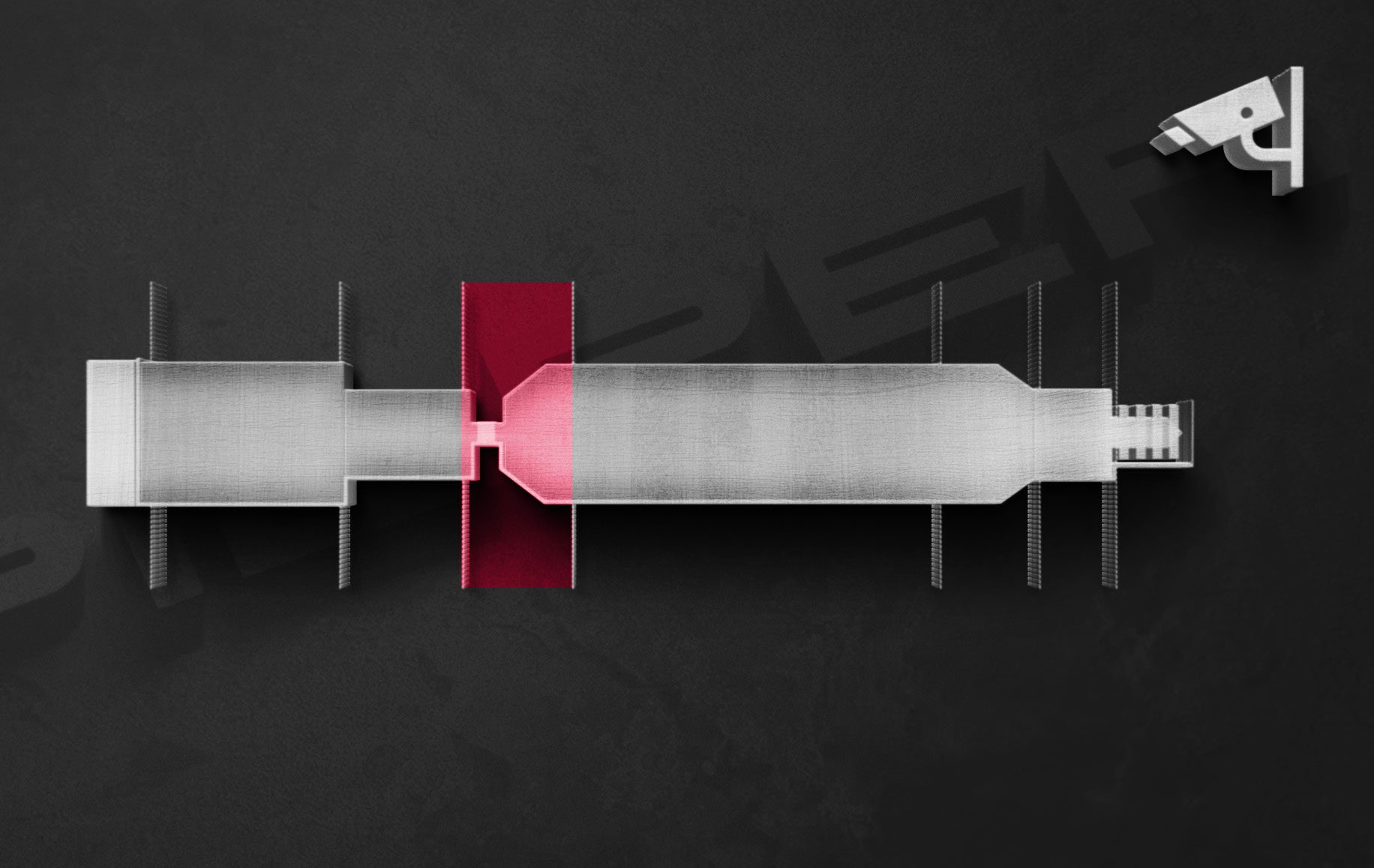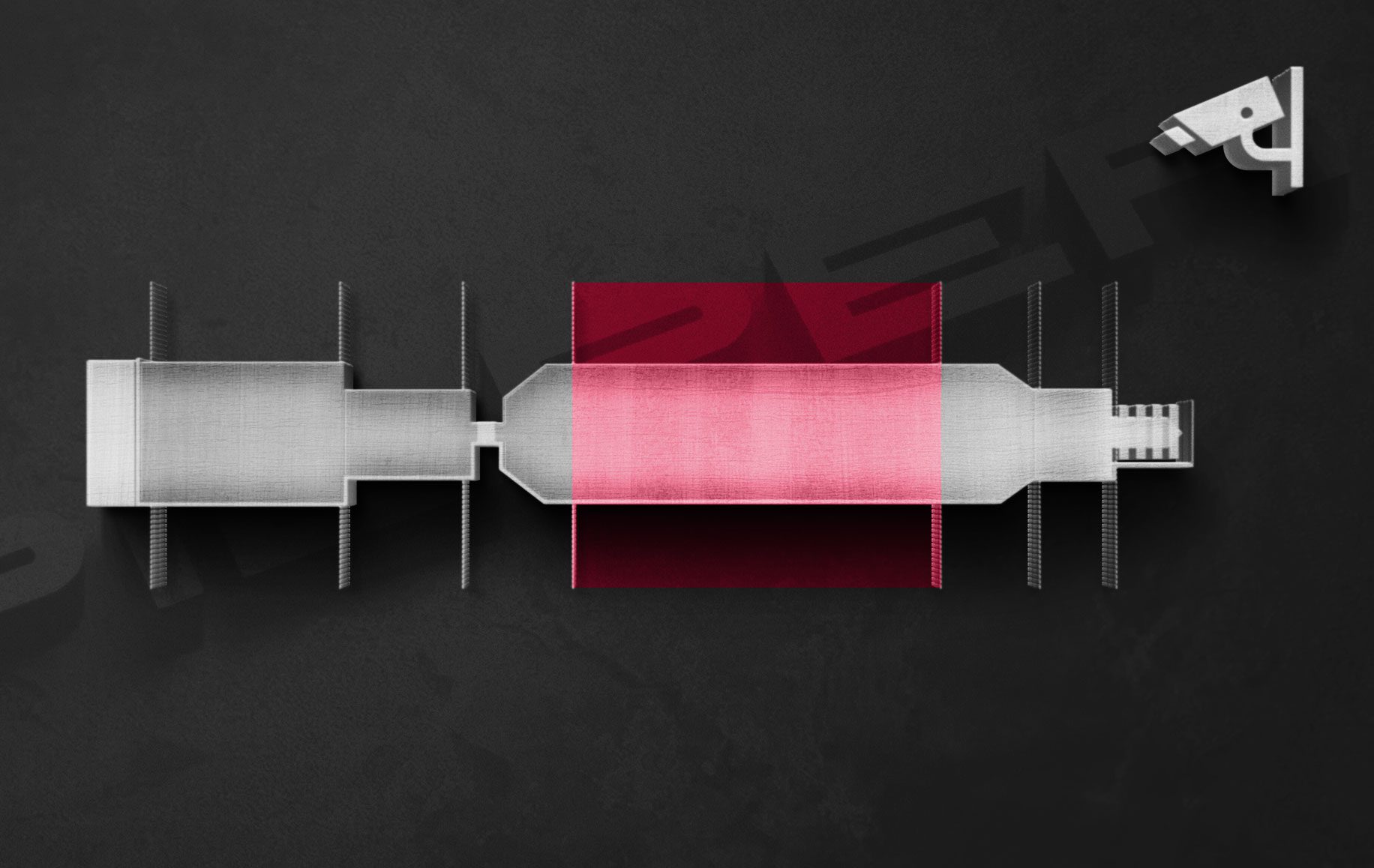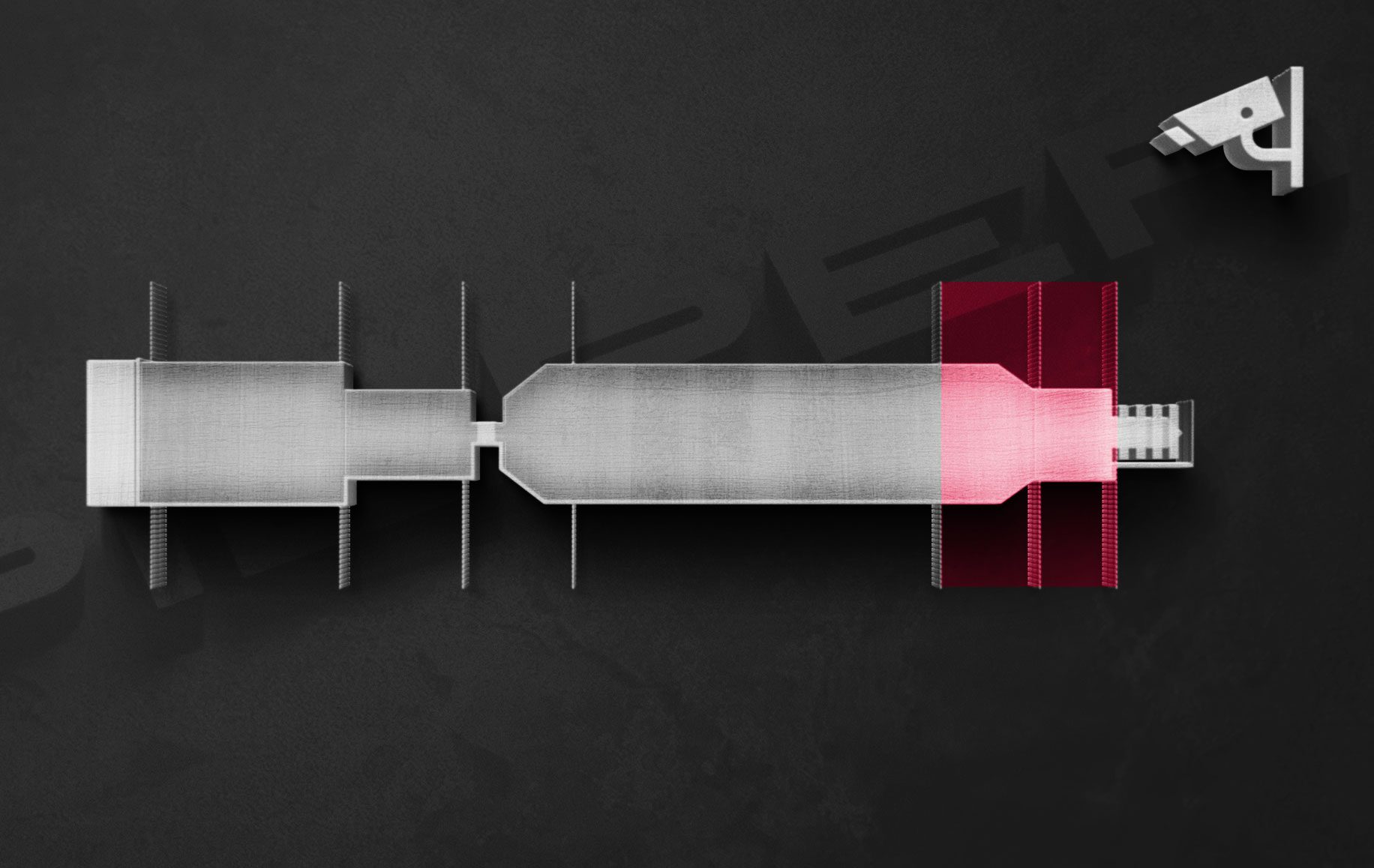Networked and modern solutionsfor the glass industry
Extreme areas like production processes in the glass industry require special solutions. We offer modern complete solutions for the glass industry to make sure industrial processes can be monitored continuously. For more than 50 years, PIEPER Video has been synonymous with the development, production and installation of individual process monitoring solutions made by experts.
We are specialists when it comes to high temperatures, fire, dust or vibrations. We aspire to reliably take care of your projects on site – before, during and after installation. In so doing, we do more than just draw on our in-depth knowledge of the industry; we also address individual challenges and special circumstances. Our systems offer you optimum plant utilization, cost-efficient production, improved planning and logistics, and increased safety for both man and machine.
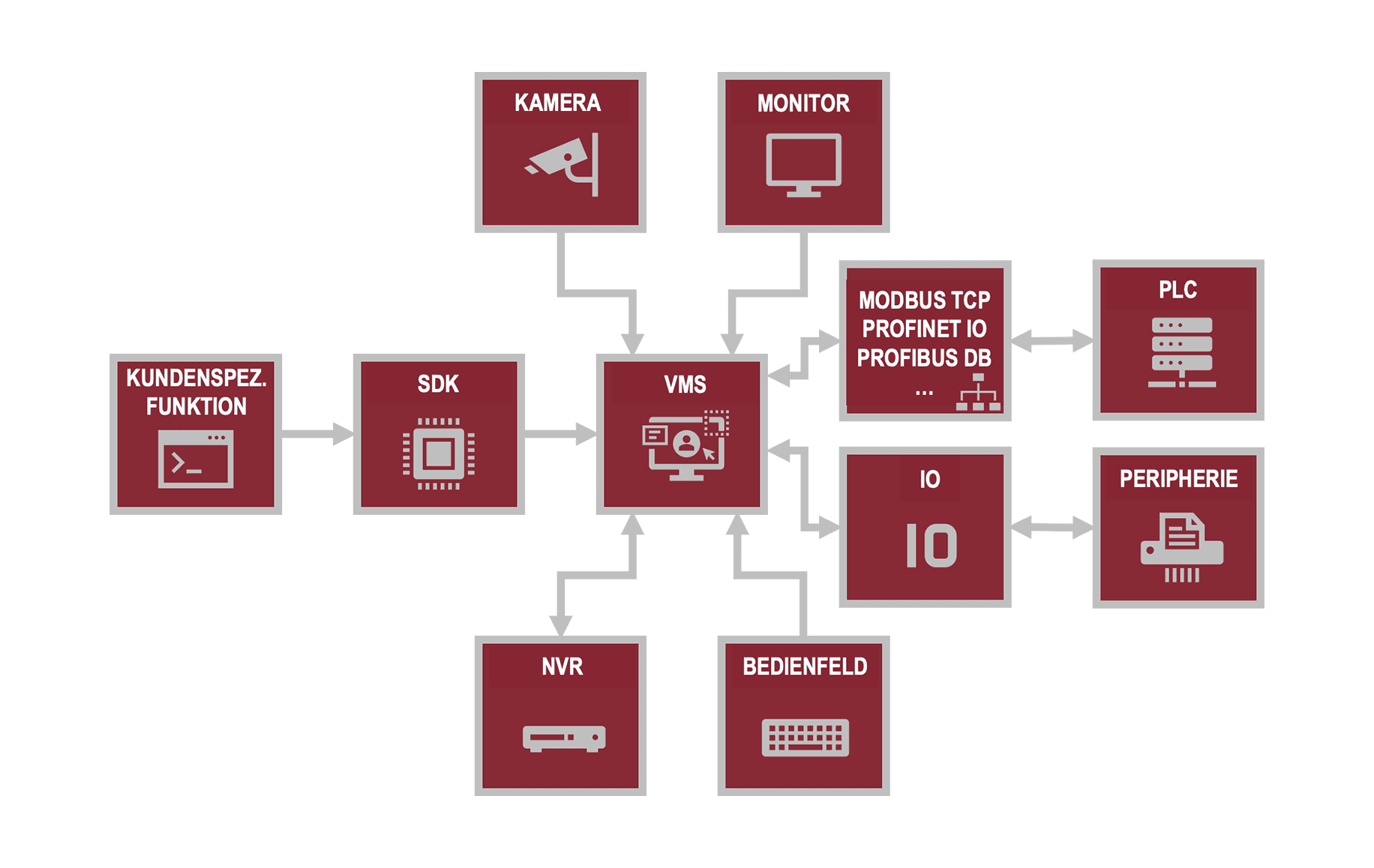
INTEGRATION INTO EXISTING NETWORKS
Optical process monitoring in the glass industry simply means Networking the subsections by replacing analog technologies with IP-based systems that communicate with one another. Video technology allows you to visually monitor industrial processes in the glass industry. The IP-based systems that communicate with one another create a decisive competitive advantage with respect to efficiency. Industrial production is improved by integrating digital video technology into existing systems, ensuring an ideal manufacturing process.
All the advantages at a glance:
- Networking existing systems with modern components for process monitoring
- Ability to centrally control and monitor the entire production line
- Extensive evaluation and prevention measures, thanks to the integration of special analysis software
- Minimization of the potential for errors, personal injury and machinery damage
- Huge time, material and cost savings
- Increased predictability of maintenance measures
- Optimized product quality

Tradition meets modernity
ONE STEP AHEAD
The glass industry has a long history. Tried-and-tested production methods are still used even today. But when economic conditions change, technology designed to deal with these changes adequately and in a modern way is absolutely essential. Because, if it is to remain competitive, our present-day manufacturing glass industry must prevent efficiency and quality losses above all else. Outdated installations make this project difficult. And this is precisely where PIEPER comes into play: Digital, video surveillance-based and networked process monitoring systems ensure smooth production chain.
When these solutions are combined with appropriate management and analysis software, and taking into account all the on-site conditions, the advantages are clear to see:
- Overview: Real-time transmission of individual production processes for a smooth process chain
- Risk minimization: Avoidance of costly production downtimes
- Safety: Precise and detailed real-time monitoring of sensitive production processes
- Resource optimization: Planning of maintenance intervals and repairs
- Quality: Opportunities to analyze and evaluate materials and plants
- Flexibility: Use of special camera technology depending on the environment (visual, thermographic, sensor-based)
- Sustainability: Documentation and logging support
The result for modern glass production: Significantly enhanced efficiency and process optimization
THE FLOAT GLASS LINE
Around 95% of the flat glass produced worldwide comes from float glass plants. Whether the glass is used in windows, cars or mirrors – demand for the material is huge. Glass manufacturing in what is known as the “float process” is an uninterrupted process (where systems run 24 hours a day, 365 days a year) in a continuously operated production plant measuring 300 – 800 meters long in total. The furnace campaign (i.e. continuous operation of the furnace, during which time the molten glass is produced) is between 11 and 15 years.
It is for this exact reason that faultless operation thanks to seamless process observation displayed in real time and immediate response options in the event of a malfunction are important parameters if glass production in the float glass line is to be both successful and efficient. In high-temperature environments that are usually difficult to see, the finished glass product is created here as molten liquid glass at a temperature of around 2,915°F (1,600 °C) is continuously fed from one direction via a slide gate to a bath of molten tin, before finally arriving at the exit end as a finished glass product that is still hot at around 1,110°F (600 °C).
With smart monitoring systems that are specifically tailored to the extreme conditions, PIEPER takes over seamless process observation from the batch charger to the melting and working end/conditioner, the spread area, the top roller, the shoulder and the exit end area up to the lehr.
THE BATCH CHARGER
The raw materials required to make glass are fed to the melting tank via the batch charger. In addition to quartz sand (which is the main component of glass), lime and dolomite are added as preservatives, while soda ash and sulfate are added to lower the sand melting point. Another ingredient, broken glass, is returned to the production cycle as a waste product from the manufacturing process, speeding up the overall process and achieving energy savings of around 20%.
Placed directly in front of the furnace, the batch charger already depends on robust, reliable monitoring to ensure both the correct quantity and the uninterrupted supply of the “baking ingredients”: A visual, water-cooled camera in a special protective housing provides reliable and crystal-clear images of the raw material pushing process.
THE MELTING END/FURNACE + WORKING END/CONDITIONER
In the melting end/furnace, the supplied raw materials are heated to around 1,600 °C (2,915°F) using natural gas burners to produce dough-like molten glass, which is discharged into the working end/conditioner to cool down to around 1,100 °C (2,010°F).
Stationary thermal camera monitoring outside the melting tank ensures the greatest possible safety by detecting damage like leaks, fractures or cracks in the melting end/furnace at an early stage and preventing energy losses. For the sensitive interior of the furnace and for observing the uniform molten glass distribution in the working end/conditioner, PIEPER provides visual furnace probes that precisely image the flame pattern, not to mention the natural gas burner and mass. The result is optimally prepared molten glass for further processing in the float bath.
THE SPREAD AREA
Upstream of the float bath is the spread area, where the amount of molten glass is controlled. It then passes through a slide gate from the working end/conditioner into the float bath.
To ensure that exactly the right amount is transported, thus guaranteeing smooth further processing, PIEPER uses two furnace probes to precisely observe the glass furnace front wall.
THE FLOAT BATH (TOP ROLLER)
The float bath is the heart of flat glass production, making it a central point for process monitoring. Why? Because this is where the end product quality and, therefore, also the plant’s efficiency is decided. Filled with liquid tin, the float bath absorbs the lighter molten glass, which now spreads evenly over its surface. Radiant heaters ensure a constant temperature and subsequently optimum further processing. This is done by what are known as “top rollers”, which transport the melt along the sides of the glass belt, determine the desired glass thickness depending on the speed and, if necessary, correct the glass edges horizontally.
Depending on the length of the float bath or the glass line, PIEPER uses up to 24 furnace probes within a detection system specially developed for the glass industry. They record the complete high-temperature range and seamlessly control the overall image, top roller position, heating rods and material. The glass edge detection system detects, analyzes and provides information about gross and net widths, glass ribbon drift or the distance between a float glass edge and the top roller track. The remote control software is used to check the images, set the required monitoring functions and calibrate the cameras during commissioning.
THE GLASS EDGE DETECTION SYSTEM
The glass edge detection system developed by PIEPER was specifically tailored to the needs of the float glass industry as smart support for central plant control. The application detects, analyzes and provides information about gross and net widths, glass ribbon drift or even the distance between a float glass edge and the top roller track. By means of central monitoring via a control panel, the current position of the flat glass edges or top rollers is displayed on monitors using overlay reference lines and texts. The remote control software is used to check the images, set the required monitoring functions and calibrate the cameras during commissioning.
The values determined are displayed on the software interface and can be output in parallel as an analog 04 – 20 mA value as an option. The positions are displayed in color on the monitor too. If that weren’t enough, the measured values can also be transmitted over the likes of Profibus, Profinet or Modbus for further processing. Thanks to automatic alerting in the event of deviation from previously defined reference values, quick correction is possible, helping to avoid rejects and optimize production.
THE SHOULDER + EXIT END
Once the flat glass has been produced to the desired thickness, the glass flow and the correct position of the cooling equipment are monitored in the shoulder before the glass is transferred to the roller cooling furnace in the exit end. Since the product is still tested under high heat, PIEPER also uses the furnace probes that are specifically designed for industrial hot chambers for product monitoring purposes and optionally measuring the glass width.
PIEPER then had the final inspection carried out in the outlet by means of optimally suited visual cameras in a water-cooled protective housing.

